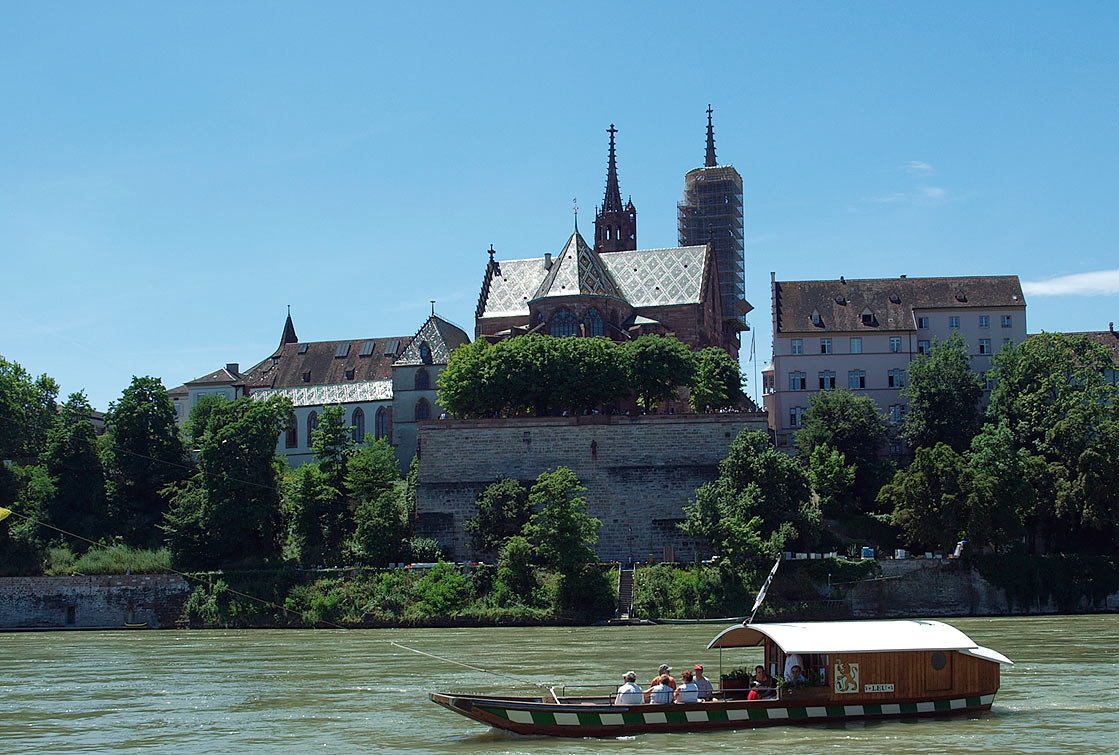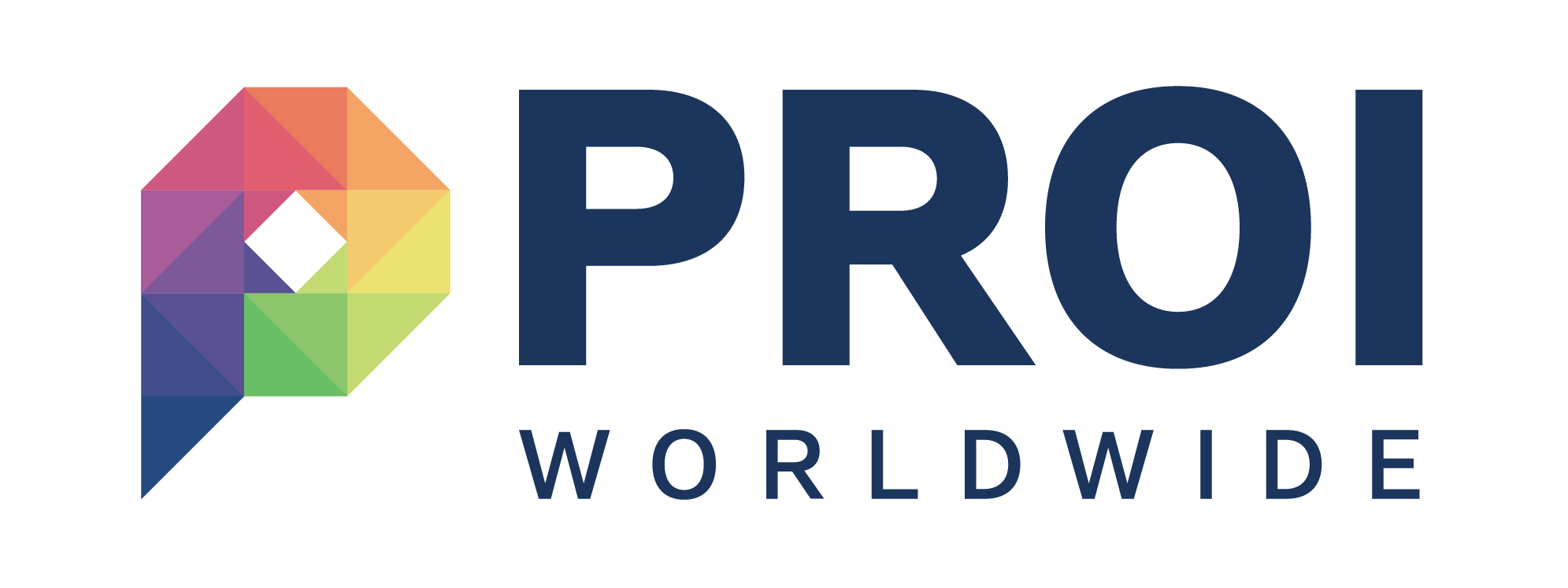Doing Business In - Switzerland
Government

Switzerland in its modern form came into being in 1848. At that time, the loose alliance of autonomous cantons (states) became a Confederation with a modern constitution and a direct democracy.
http://www.bk.admin.ch/dokumentation/02070/index.html?lang=en
Each of the 26 cantons (states) has its own constitution, government, parliament, courts and laws, though they must all, of course, be compatible with those of the Confederation. The cantons enjoy a great deal of administrative autonomy and freedom of decision-making. They have independent control over their education systems and social services, and each has its own police force.Each canton also sets its own level of taxation.
The Federal Council, Switzerland's government, has 7 members. Each year, a different member becomes Federal President. The post confers no special powers or privileges, and the president continues to administer his or her own department.
The Federal Assembly is made up of two chambers, the National Council representing the people, and the Council of States, representing the cantons. The 200 seats in the National Council are distributed between the cantons in proportion to their size, while the Council of States has two members for each canton. However, the two chambers are of equal weight. The role of the two chambers includes approving every federal law and supervising the government. Any member can also propose a new law or decree. The National Council is dominated by the four parties which make up the government. Elections to the Council take place every four years.
http://www.bk.admin.ch/dokumentation/02070/index.html?lang=en
Each of the 26 cantons (states) has its own constitution, government, parliament, courts and laws, though they must all, of course, be compatible with those of the Confederation. The cantons enjoy a great deal of administrative autonomy and freedom of decision-making. They have independent control over their education systems and social services, and each has its own police force.Each canton also sets its own level of taxation.
The Federal Council, Switzerland's government, has 7 members. Each year, a different member becomes Federal President. The post confers no special powers or privileges, and the president continues to administer his or her own department.
The Federal Assembly is made up of two chambers, the National Council representing the people, and the Council of States, representing the cantons. The 200 seats in the National Council are distributed between the cantons in proportion to their size, while the Council of States has two members for each canton. However, the two chambers are of equal weight. The role of the two chambers includes approving every federal law and supervising the government. Any member can also propose a new law or decree. The National Council is dominated by the four parties which make up the government. Elections to the Council take place every four years.
